Internment Sites
Internment Sites
Right after the start of their government, communists began collecting “enemy” families in camps similar to Nazi ones and establish “pure-blooded’ communist areas in the main towns.
From 1945 to 1953, concentration camps were enclosed with barbed wire. To make sure that all relations and any interaction with family and relatives were cut off, the interned were sent as far as possible from their hometowns: southerners to the north and northerners to the south.
First Collection Sites were Kruja and Berat.
The people surrounded by this barbed wire were mainly old people, women and children, while the men of the house had generally fled or been killed.
According to official data, in October 1949, 2618 people were found in camps. Children were in higher numbers than women and old people. Among the interned, there were foreign citizens as well: German, Italian and Greek POWs.
Camps Enclosed by Barbed Wire 1945-1953
Open Internment Camps 1954-1990
Although barbed wire internment camps were legally closed, tens of interned people remained surrounded, since in the camps they were taken to – in Plug and Savra, Lushnja and Shtyllas, Fier – there were prisoners as well.
1977- At this time, the model of barbed wire camps is readopted in Tale, Fishta and Kalivaç internment sites in Lezha.
1990 -The last internment decision must have been made on 10 February 1990. On 8 May 1990, the People’s Assembly abolished the law on internments and deportations.
Numbers:
The documents cite 12 thousand interned people from 1949 to 1990. When including children and interned people before 1949, the number of interned and deported people in Albania becomes much higher.

